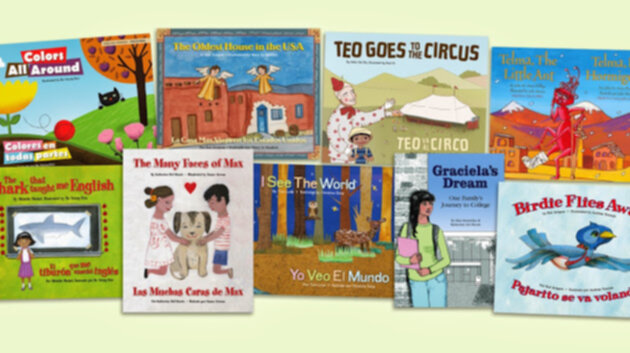
Library services that cater to children are in danger of becoming obsolete without turning a keen eye toward diversifying their collections. The world today has never been more culturally diverse and, as the country embraces so many different customs and values of people from all around the world, it’s important that our school libraries reflect these rich ancestries and traditions. Students encounter people from various backgrounds every day in school, in their community, even in their homes. While they may want to understand more about the diverse cultures around them, they will also want to explore their own heritage and identity in the world. Diversity is more than just ethnicity, as many students also identify with the LGBTQ community. They too are going to seek out stories about others before them who have blazed a trail toward greater acceptance and tolerance in a bid for assurance that they are not alone, when many of them may feel as if they are, with no one else to turn to for guidance. If the school library is not equipped to meet the particular needs of all of these students, with books and literature that represent the global culture in which we all live, then that library has ceased to function at even the most fundamental level.
The need for diversity in the library has never been more pressing than it is today, with recent statistics supporting such urgency. As of 2015, children of color have been the majority throughout all of America’s public schools. Nearly 10% of public school students are ELLs, and another 10% consider themselves a member of the LGBTQ community. In order for America’s school libraries to keep up with these trends, they must reinvent themselves as more than just quiet sanctuaries for reading. Libraries should be important cultural learning hubs where any student can go to absorb the relevant resources needed to discover more about themselves and the world around them in a fully inclusive environment. It goes beyond the editions on the shelves, as the librarians who curate and lend these collections must also reflect the kind of diversity within the community. This will make the library a more inviting and secure place for any student to find refuge, solace, and wisdom.
